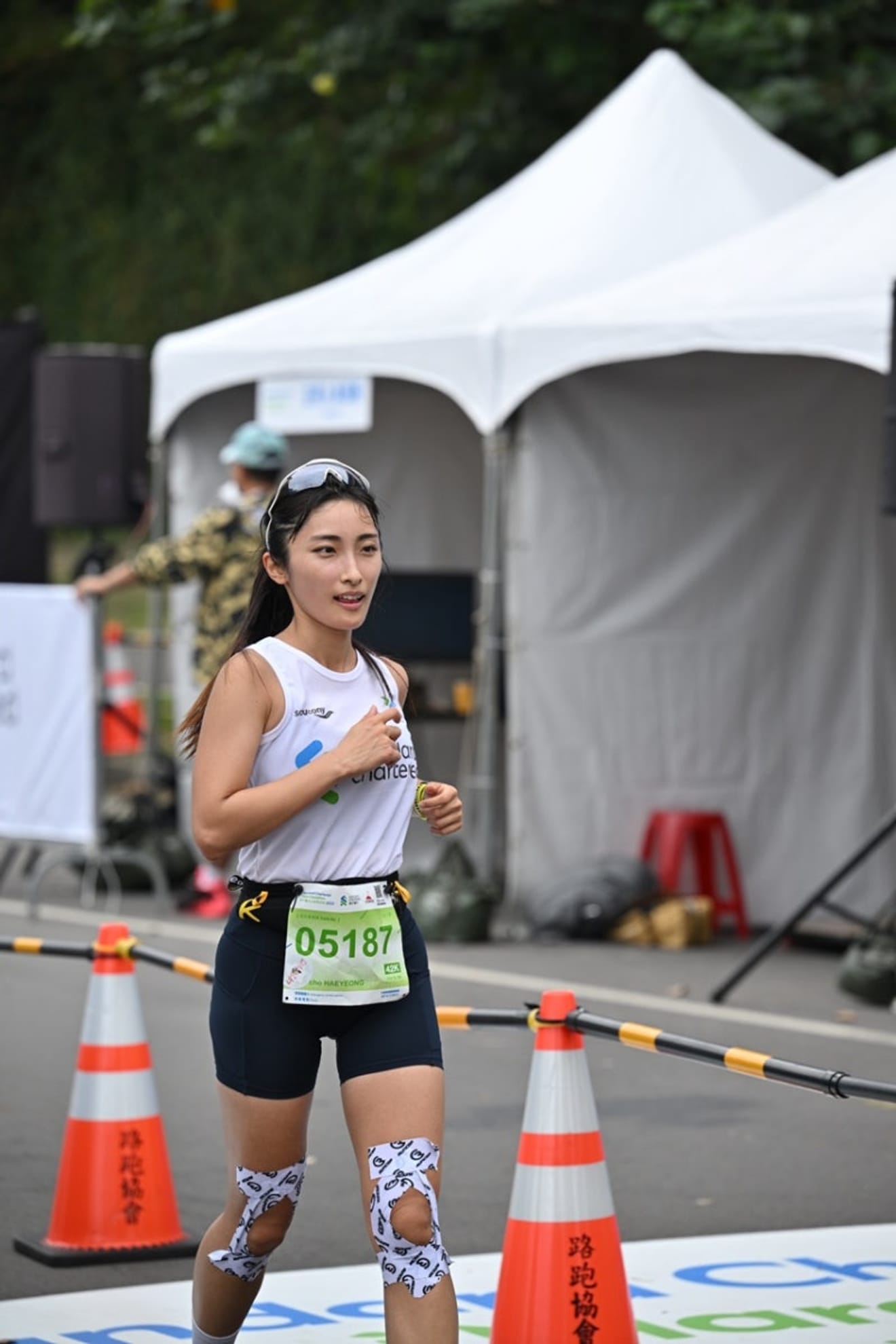Subject
- #Foot Strike
- #Cushioning
- #Injury Prevention
- #Running Posture
- #Running Shoes
Created: 2025-01-27
Created: 2025-01-27 17:22
We decided to investigate the relationship between foot strike type, shoe type, and injury history among 710 runners. A new study reveals that understanding foot strike is a crucial factor in preventing running-related injuries. In particular, it's worth noting that running shoes with thick cushioning and a high heel-to-toe drop can affect foot strike sensation and mechanics.
*Heel-to-toe drop: The difference in height between the heel and forefoot of the shoe.

The Relationship Between Foot Strike and Running Shoes
<b>Foot Strike Type</b><br>1. Heel strike<br>2. Midfoot or forefoot strike<br>3. Unsure of foot strike type<br><b>Summary of Research Results</b><br>- Those wearing running shoes with a high heel-to-toe drop (6mm or more) or heavier running shoes often had difficulty identifying their foot strike type.<br>- Runners who were unaware of their foot strike type experienced running-related injuries more frequently. This is because if the foot strike is not properly felt, other parts of the body compensate excessively, increasing the risk of injury.<br>- Runners who used foot strike type 2 had a lower injury rate over 6 months, but actually frequently used a heel strike.<br><b>Cushioned Shoes and Foot Sensation Thickly cushioned running shoes can impair the feeling of the foot touching the ground (proprioception), preventing the foot from properly sensing contact with the ground.</b><br>For example, it might be helpful to think of it as typing on a keyboard while wearing large gloves.

The Causes of Injury and the Role of Foot Strike
According to the study, while foot strike itself isn't the direct cause of injury, understanding your foot strike type can help strengthen weak areas and prevent injuries.<br>1. Heel strike - Heel strikes have high impact loads, increasing the risk of injuries such as tibial stress fractures, shin splints, and soft tissue injuries like knee osteoarthritis.<br>2. Non-heel strike - Using the forefoot and midfoot puts significant stress on the Achilles tendon and calf muscles. This increases the risk of Achilles tendinitis and calf muscle injuries.<br>3. Lack of foot strike awareness - If you are unaware of your foot strike, maintaining an incorrect running posture or unnatural stride can disrupt body balance, leading to increased potential for lower back pain and ankle injuries.
Considerations When Choosing Running Shoes<br>You don't need to abandon highly cushioned running shoes, but consider the following:<br>1. Foot sensation (proprioception) improvement exercises - Strengthen foot muscles and improve foot sensation through exercises such as toe piano (lifting and lowering each toe to control movement), toe curls (picking up a towel with your toes), calf raises with bare feet, toe adduction and abduction, and picking up objects with your toes.<br>2. Add balance and ankle strengthening exercises - Balance and ankle strengthening exercises are essential when wearing cushioned running shoes. Single-leg stands or balance boards can be utilized.<br>3. Running shoe rotation - It is recommended to alternate between various running shoes, including less cushioned shoes. Studies show that runners who use a variety of running shoes have a lower risk of injury.<br>4. Utilizing minimalist shoes - Increasing the amount of time spent walking in minimalist shoes in daily life can help strengthen foot muscles.<br>5. Running posture check - Seek professional help to analyze your foot strike pattern and learn a running form that reduces the risk of injury. Gradually train instead of abruptly changing your foot strike.
Foot strike type plays a crucial role in running mechanics and injury prevention. <b>While cushioned running shoes offer comfort, they can weaken foot sensation and lead to misidentification of foot strike, making strengthening foot muscles and improving foot sensation essential.</b><br><b>However, instead of simply modifying or changing your foot strike, try a balanced approach by understanding your body's condition, improving your running habits, strengthening foot muscles, training foot sensation, and using various types of running shoes.</b><br>References<br>- Accuracy of self-reported foot strike pattern detection among endurance runners<br>- Runners world
Comments0